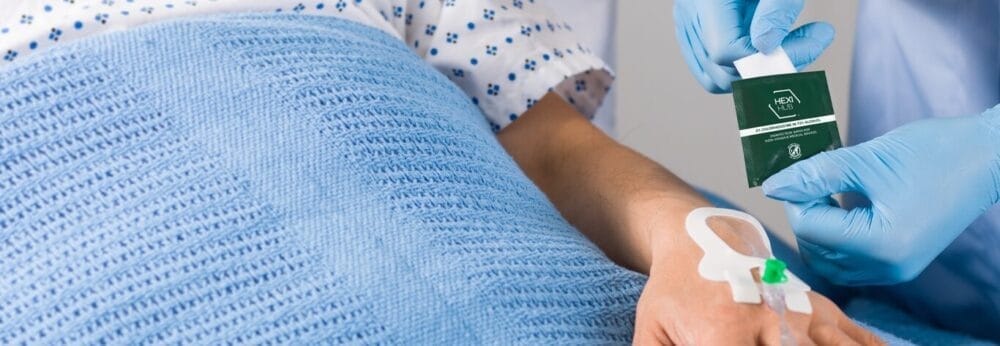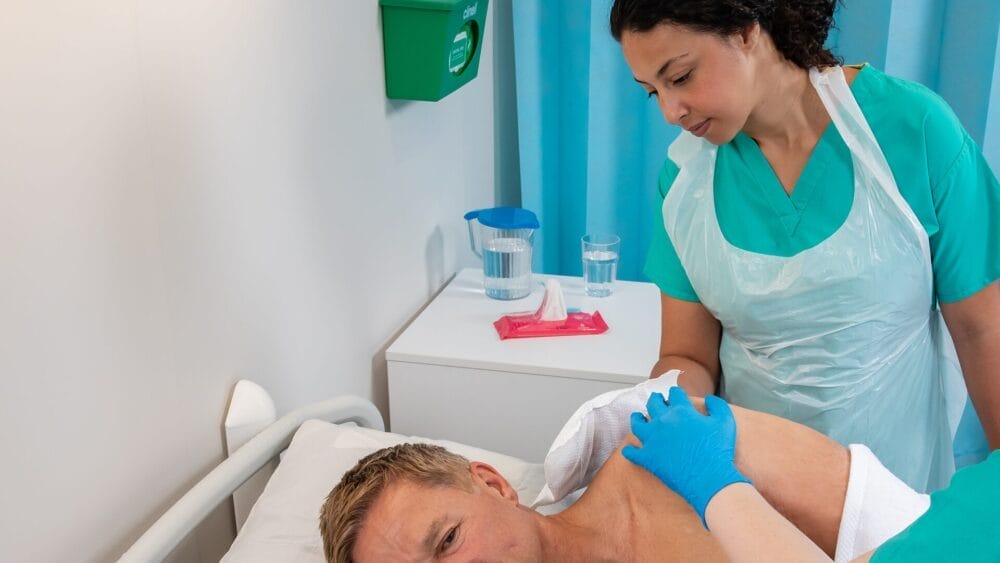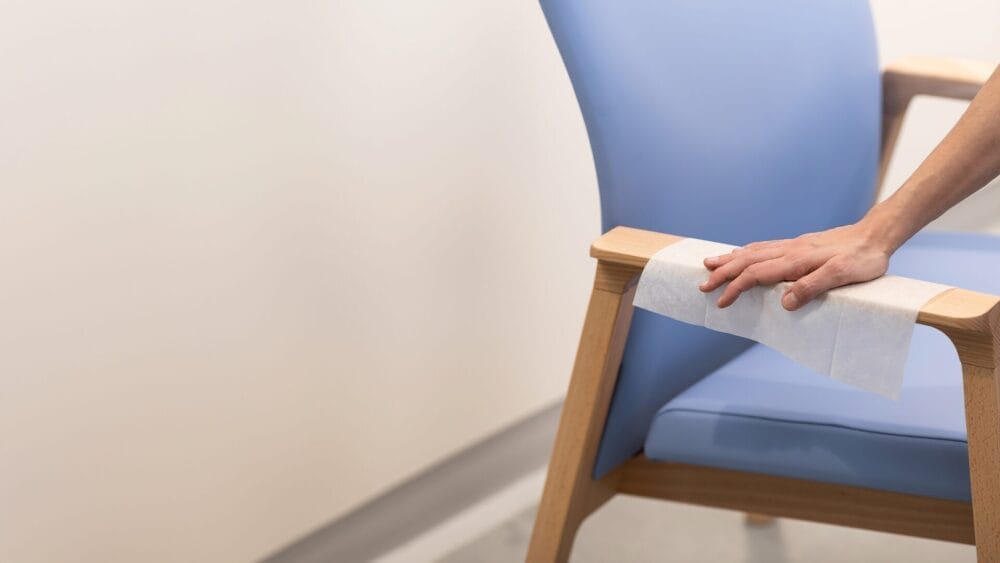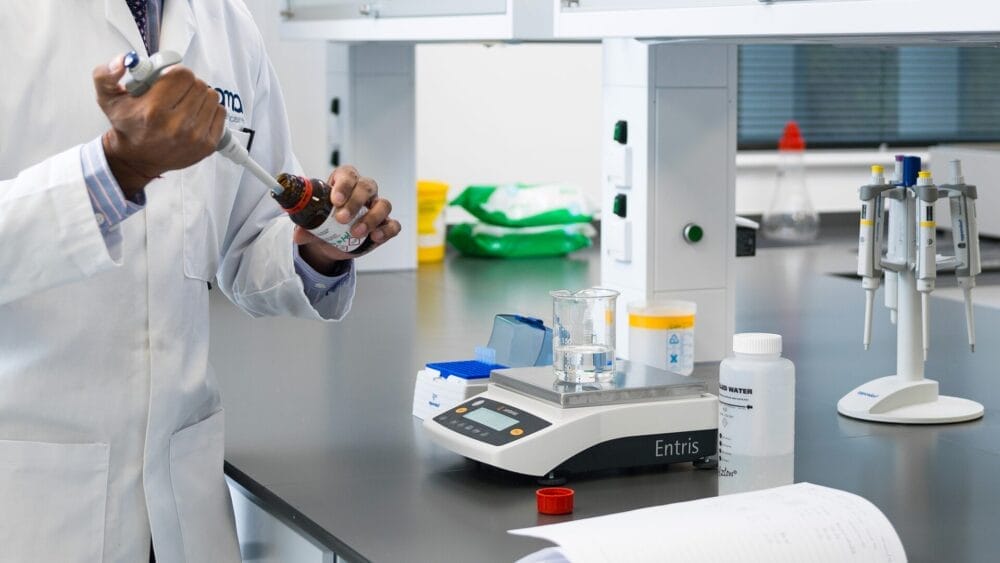Posted
9th September 2022
Research
We discuss a recent study published in Eurosurveillance, examining the contamination of hospital rooms used to care for patients with Monkeypox infection.
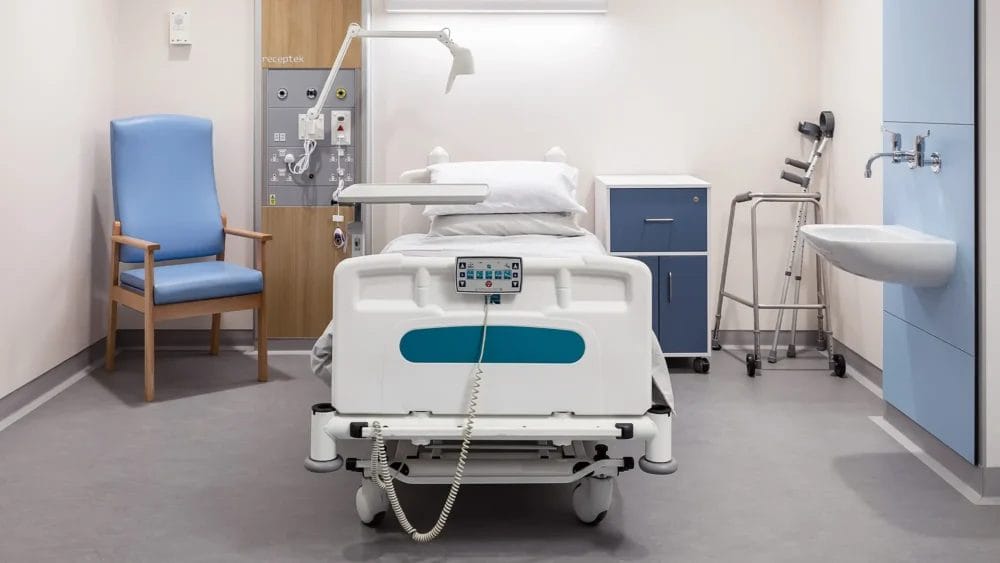
Interestingly, all surfaces directly touched by patients were positive. Three of the surfaces were also contaminated with virus that could be cultured. Overall, 29/36 (80%) samples were contaminated in at least one of the two patient rooms tested, with a concertation of contamination ranging from <10 to 105 viral copies per cm2. The highest viral loads were found on cabinet door handles in one of the patient rooms, suggesting that frequently touched items (such as door handles and light switches) are commonly contaminated.
Related article: Monkeypox declared a public health emergency of international concern (PHEIC)
Monkeypox can be transferred to the hands of healthcare workers
One important finding was the gloved hands of the investigation were sampled after working in the room, and a high concentration of Monkeypox DNA was detected. Also, this sample contained viable virus that could be cultured. Whist there is uncertainty around the infective dose for Monkeypox, this shows that a viable dose of Monkeypox can be transferred from an environmental reservoir to the hands of healthcare workers.
Related article: Can Clinell products kill monkeypox virus?
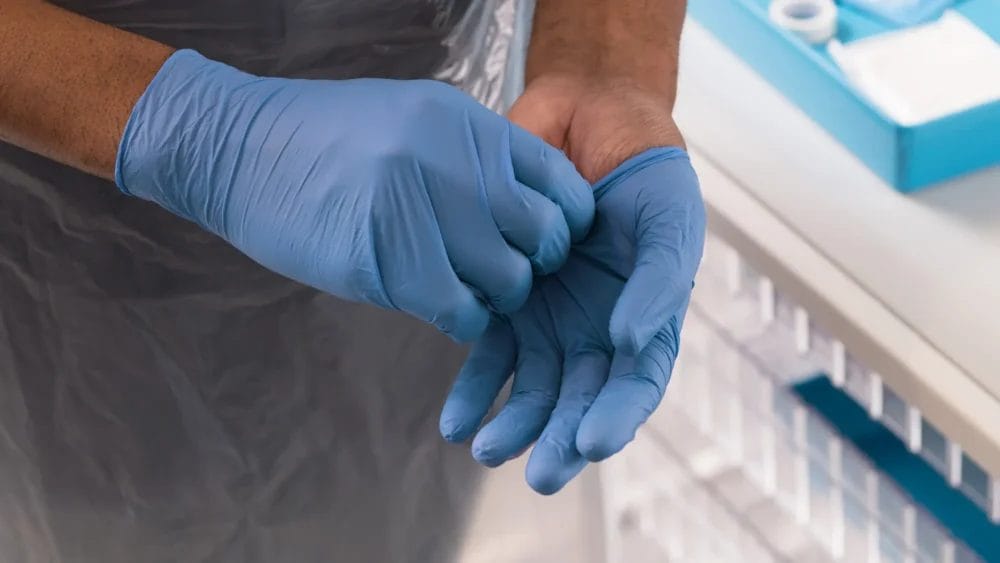
Conclusion
The findings of this study suggest that contaminated surfaces play a role in the transmission of Monkeypox, and environmental hygiene should be an integral part of managing Monkeypox in hospitals. The authors conclude that surface disinfection using products with at least viricidal activity against enveloped viruses can reduce infectious virus on surfaces and thereby risk of nosocomial transmission.
If you’d like to know more about Clinell products and their efficacy against enveloped viruses, visit our Clinell Universal Range page. Help spread the word about Monkeypox virus by sharing this article on social media.
SHARE THIS ARTICLE
Tags
Latest News
Introducing HEXI HUB: A seamless transition in our product line
We’re pleased to announce an update to our product offering…
Innovative solutions for tackling Carbapenemase-producing Enterobacteriaceae (CPE) at King’s College Hospitals
King’s College Hospital NHS Foundation Trust, one of London’s largest…
Gloves Off: reducing unnecessary plastic waste during environmental cleaning and disinfection
In this blog, Dr Phil Norville discusses the momentum-gaining ‘Gloves…
Gloves Off: Navigating SDS sheets and skin safety claims in environmental decontamination products
In this blog, James Clarke (Head of R&D, Science &…
